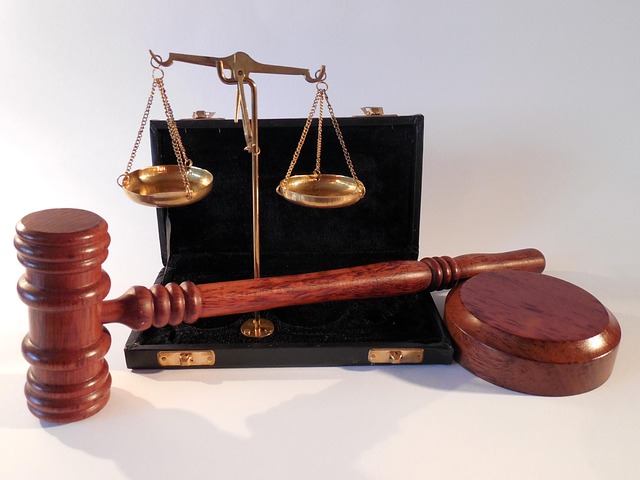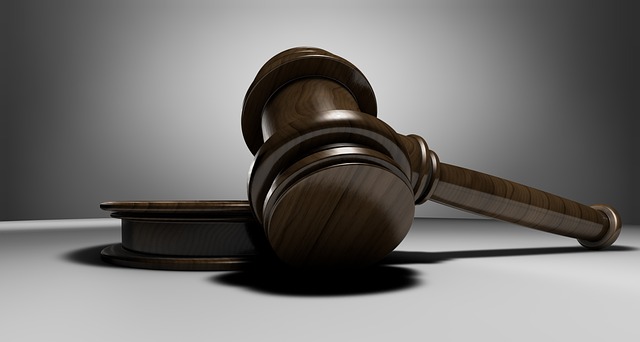Defamation lawsuits are powerful tools to protect businesses from reputational harm caused by false statements (libel or slander). To file effectively, identify the type of defamation, gather evidence, and prove malice or negligence. The process involves legal notices, evidence collection, and a compelling case to meet the burden of proof. Key elements required include a false statement, publication, and actual harm. Proactive measures like robust communication practices, employee training, and reputation management systems are crucial for managing defamation risks and navigating lawsuits successfully.
Litigation Risk Management is an essential aspect of any thriving business, and understanding defamation lawsuits is a critical component. This comprehensive guide delves into the intricate world of defamation law, offering insights on identifying potential risks specific to your industry. We explore various types of defamation, from libel to slander, and equip you with knowledge on proving a claim.
Learn the step-by-step legal process of filing a defamation lawsuit and discover effective strategies to mitigate these risks. Understanding how to navigate these complex issues is key to safeguarding your business’s reputation and future success, especially in today’s digitally connected world.
- Understanding Defamation Lawsuits: Definition and Types
- Identifying Potential Defamation Risks in Your Business
- Key Elements to Prove a Defamation Claim
- The Legal Process of Filing a Defamation Lawsuit
- Effective Strategies for Mitigating Defamation Risk
Understanding Defamation Lawsuits: Definition and Types

Defamation lawsuits are a significant aspect of litigation risk management, primarily focusing on protecting an individual or entity’s reputation from false and harmful statements. These legal actions arise when someone makes a defamatory statement about another party, causing them damage and harm to their standing in society. Defamation can take various forms, including libel (written) and slander (oral). Libel is typically associated with written or published material that defames an individual or business, while slander refers to spoken words that convey false and damaging information.
Understanding how to file a defamation lawsuit is crucial for managing litigation risks effectively. The process involves several steps, beginning with identifying the specific type of defamation and gathering evidence to support the claim. It’s essential to note that the plaintiff must prove that the statement was made with malice or negligence, causing actual harm or damage to their reputation. Unlike general criminal defense, defamation lawsuits focus on civil remedies, aiming for a complete dismissal of all charges if the defendant can prove the truth of the statement or a lack of damage. This process navigates all stages of the investigative and enforcement process, ensuring a fair resolution.
Identifying Potential Defamation Risks in Your Business

Identifying potential defamation risks is a crucial step in litigation risk management for any business. Defamation occurs when false statements harm an individual’s reputation, and it can take various forms, including slander (spoken) or libel (written). To protect your business, start by evaluating all communication channels—internal memos, customer interactions, and public disclosures—for any statements that could be considered defamatory. Regular training for employees on media relations and public speaking can help mitigate risks. Additionally, establishing robust content review processes before publishing any material online or in print is essential.
If your business faces a defamation lawsuit, understanding how to file a defamation lawsuit across the country is vital. The rules vary by jurisdiction, but generally, victims must prove that the statement was false, harmful, and made with malice or negligence. Seeking legal counsel from experienced professionals who can guide you through this process and advocate for your complete dismissal of all charges is advisable. This proactive approach ensures your business remains protected against unwarranted legal claims.
Key Elements to Prove a Defamation Claim

Proving a defamation claim involves several key elements that must be established to succeed in a lawsuit. Firstly, it’s crucial to demonstrate that a false statement was made about an individual or entity, and this statement is communicated to others. This communication can take various forms, including verbal statements, written content, or digital media. The plaintiff must also prove that the statement causes harm or damage to their reputation, as well as demonstrating malice on the part of the defendant – meaning they made the false statement with knowledge of its falsity or a reckless disregard for the truth.
Understanding how to file a defamation lawsuit is essential when navigating these elements. The process involves serving legal notices, gathering evidence, and presenting a compelling case that meets the required burden of proof. With an unprecedented track record in general criminal defense, experienced legal professionals can guide individuals through this complex landscape, aiming for a complete dismissal of all charges if the claim is validly supported by evidence and law.
The Legal Process of Filing a Defamation Lawsuit

When considering how to file a defamation lawsuit, it’s important to understand the legal process involved. Defamation occurs when false statements are made about an individual or entity that harm their reputation. The first step in pursuing such a case is to identify the elements of defamation, which include a false statement, publication, and actual damage to reputation. Once these elements are established, the plaintiff can file a complaint with the appropriate court, outlining the alleged defamatory acts and seeking damages.
The legal process then unfolds with a series of steps designed to uncover the truth. This includes discovery, where both parties exchange evidence and testimony. If the case progresses beyond this stage, it may lead to a trial by jury trials, where a group of citizens assesses the evidence and renders a verdict. It’s crucial to navigate this process with careful consideration, as successful defamation lawsuits can result in substantial monetary awards. Moreover, effective legal strategy can help avoid indictment for baseless or malicious claims, ensuring that justice is served across the country.
Effective Strategies for Mitigating Defamation Risk

Defamation risk management is a crucial aspect of litigation strategy that involves proactive steps to protect against false accusations and their detrimental effects. One of the primary concerns in defamation cases is knowing how to file a defamation lawsuit effectively. To mitigate this risk, businesses and individuals should focus on establishing strong communication practices. This includes fact-checking and verifying information before sharing, especially on public platforms. Regular training sessions for employees can help them understand their responsibilities when it comes to online interactions, fostering a culture of accountability.
Additionally, building a robust reputation management system is key. By monitoring online reviews and social media discussions, one can quickly identify potential defamation attempts. Prompt action, such as contacting the platform administrators or seeking legal advice, can prevent the spread of harmful information. Remember, achieving extraordinary results for his clients often involves winning challenging defense verdicts, which requires a strategic approach to defamation risk management.
Litigation risk management is an essential aspect of any successful business, and understanding defamation lawsuits is crucial. By identifying potential risks, knowing the legal process, and implementing effective mitigation strategies—including how to file a defamation lawsuit as a last resort—businesses can protect their reputation and minimize financial losses. Remember, proactive measures are key to navigating the complex landscape of defamation law and ensuring your business’s longevity.






